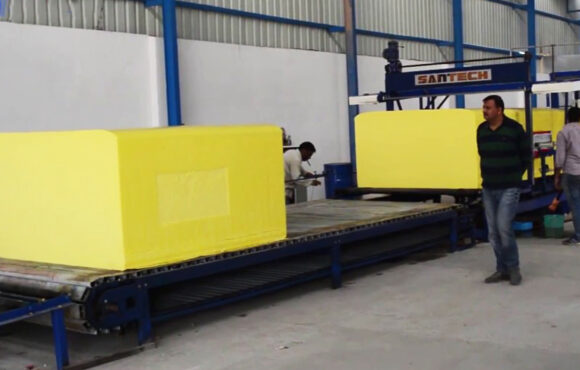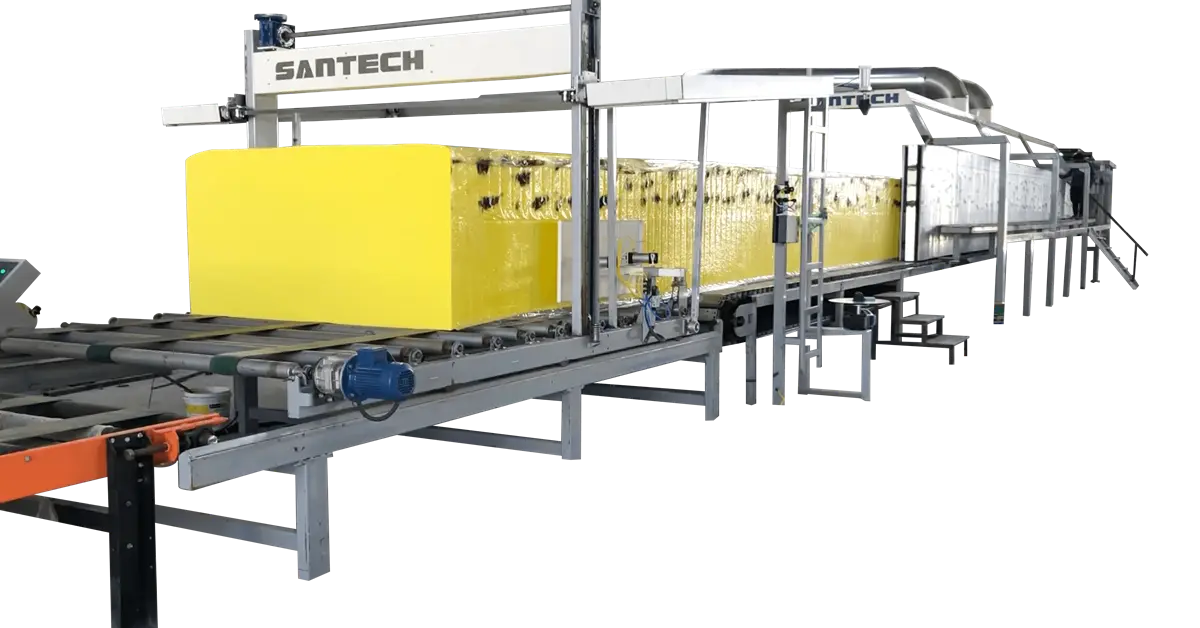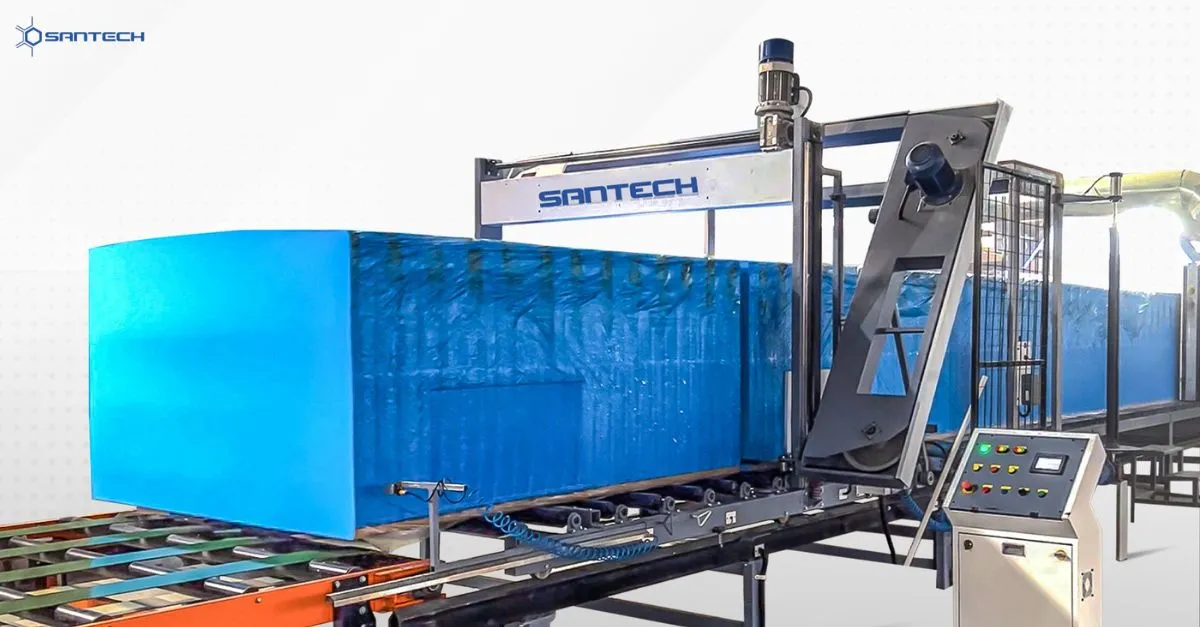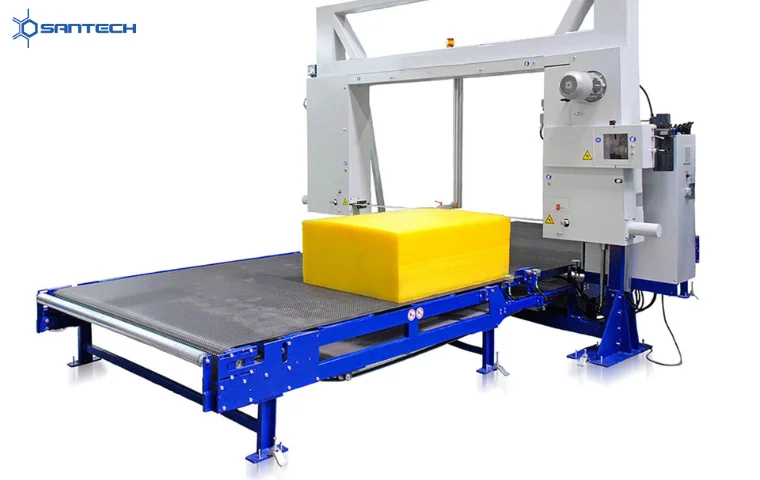When isocyanate and polyols react, a polyurethane (PU or PUR) is created. This polymer is formed with links of isocyanate and polyols organised alternately. Thermosetting polymer and thermoplastic polymer are the two varieties that are offered. It is frequently employed in producing synthetic fibers, high-performance adhesives, surface coatings, and gaskets by various foam and foaming machine manufacturers in the market. Additionally, it is projected that the industry has benefited from the growing adoption of innovative production technologies with enhanced features. Furthermore, to create semi-interpenetrating polymer networks, TPU and PU acrylate oligomers, for instance, were developed and radiation-cured (IPN).
Industrial Benefits Of PU Foam
PU adhesives offer good impact resistance, are flexible and robust, and improve bonding. This substance is frequently used in building and construction applications and the interiors of vehicles to bond windshields and seal fuel tanks. Moreover, one of the leading market trends is anticipated to be the construction industry’s high need for adhesives. The substrate is shielded from weathering, corrosion, and abrasion by PU coatings. These coatings stick to the substrate material quite well. And again, the need for PU coatings from the furniture, construction, and automobile industries will fuel market expansion.
Production Of PU Foam
The method of making PU foam is easy but dynamic. Thus, to meet various needs and produce goods of high quality, there are two main types of production procedures. These are–Batch foam manufacturing and continuous foam manufacturing. As the name implies, the constant foam method aims to produce uniform products that can be further processed for application in various industries. On the other hand, creating batch foam entails numerous processes, including costing, packaging, and delivering foam that meets particular specifications. The manufacture is therefore done in batches. The continuous foam method, as its name implies, aims to produce uniform products that can be further processed for application in various industries.
Using Continuous Foaming Machines
The Continuous Foaming Machine is an efficient device for producing a continuous slab of flat-top, flexible PU foam. Additionally, a block cut-off machine at the end of the conveyor can help cut blocks to the correct length. A large touch panel and a three-conveyor system are included with this equipment (PLC-Touch Panel). All test and production recipes may be kept in the PLC memory and recalled quickly.
Using Batch Foaming Machines
Batch foaming machines produce small batches of flexible PU foams. The device has PU foam in a range of thicknesses and qualities. Auto batch foaming machines made by Santech Industries are used to create various PU foam blocks frequently found in extensive industrial facilities. We have a cutting-edge production facility that produces products of the highest caliber that can withstand competition.
Bottom Line
The flexible PU foam is employed in many different sectors because of its high resilience and micro foam seal. It’s frequently used in furniture, car interiors, packaging, shoes, carpet underlay, etc. As a thermal insulator and acoustic absorbent, it is the best option. The aforementioned batch or continuous machine methods can produce PU foam depending on the specifications. We manufacture German tech-based foaming and foam-cutting machines that efficiently let you produce versatile PU foam with unmatched quality.




